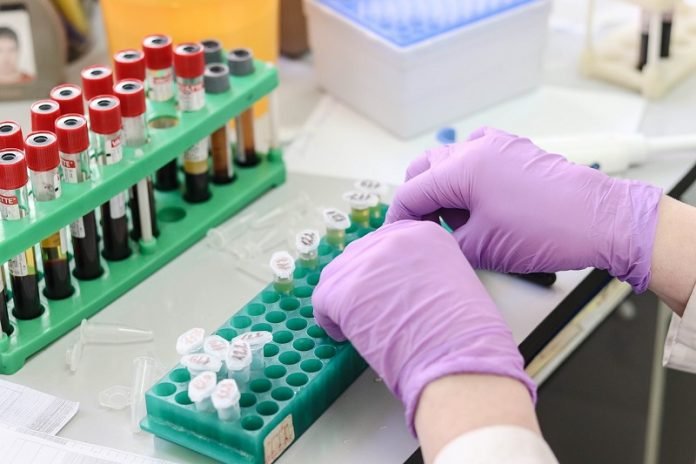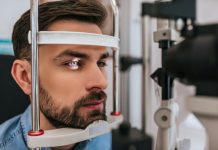
In a new study, researchers have developed a new method to detect early-stage Alzheimer’s disease.
The research was conducted by a team from Ruhr-Universität Bochum.
Currently, Alzheimer’s disease can only be detected after plaques have formed in the brain.
But at this point, therapy is no longer possible.
Previous research has shown that the first brain changes caused by Alzheimer’s can occur in proteins up to 20 years earlier.
Therefore, it is important to develop a new way to detect the disease at its early stage.
In the study, the team developed a two-tier method. It can detect the disease at a much earlier stage.
According to the researchers, in Alzheimer’s patients, the amyloid beta protein folds incorrectly due to pathological changes
This can happen long before the first symptoms occur.
The new method they developed can diagnose this misfolding using a simple blood test.
As a result, the disease can be detected about eight years before the first clinical symptoms occur.
The researchers found that the test could detect 71% of Alzheimer’s cases in symptomless stages, but it provided false positive diagnoses for 9% of the study participants.
To improve the diagnosis, they used a two-tier method.
In this method, the team uses the original blood test to identify people with a high risk of Alzheimer’s.
After that, they add a dementia-specific biomarker, namely tau protein, to run further tests with these people whose Alzheimer’s diagnosis was positive in the first step.
If both biomarkers show a positive result, there is a high likelihood of Alzheimer’s disease.
The new test combo could identify 87 of 100 Alzheimer’s patients. And the team reduced false positive diagnoses in healthy people.
The team suggests that the new finding paves the way for early-stage therapy approaches for Alzheimer’s disease.
In the near future, new clinical studies with patients in very early stages of Alzheimer’s disease can be done.
The lead author of the study is Professor Klaus Gerwert from the Department of Biophysics.
The study is published in Alzheimer’s and Dementia: Diagnosis, Assessment and Disease Monitoring.
Copyright © 2019 Knowridge Science Report. All rights reserved.



